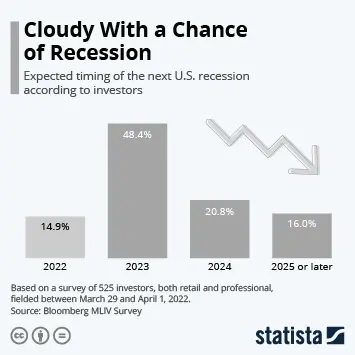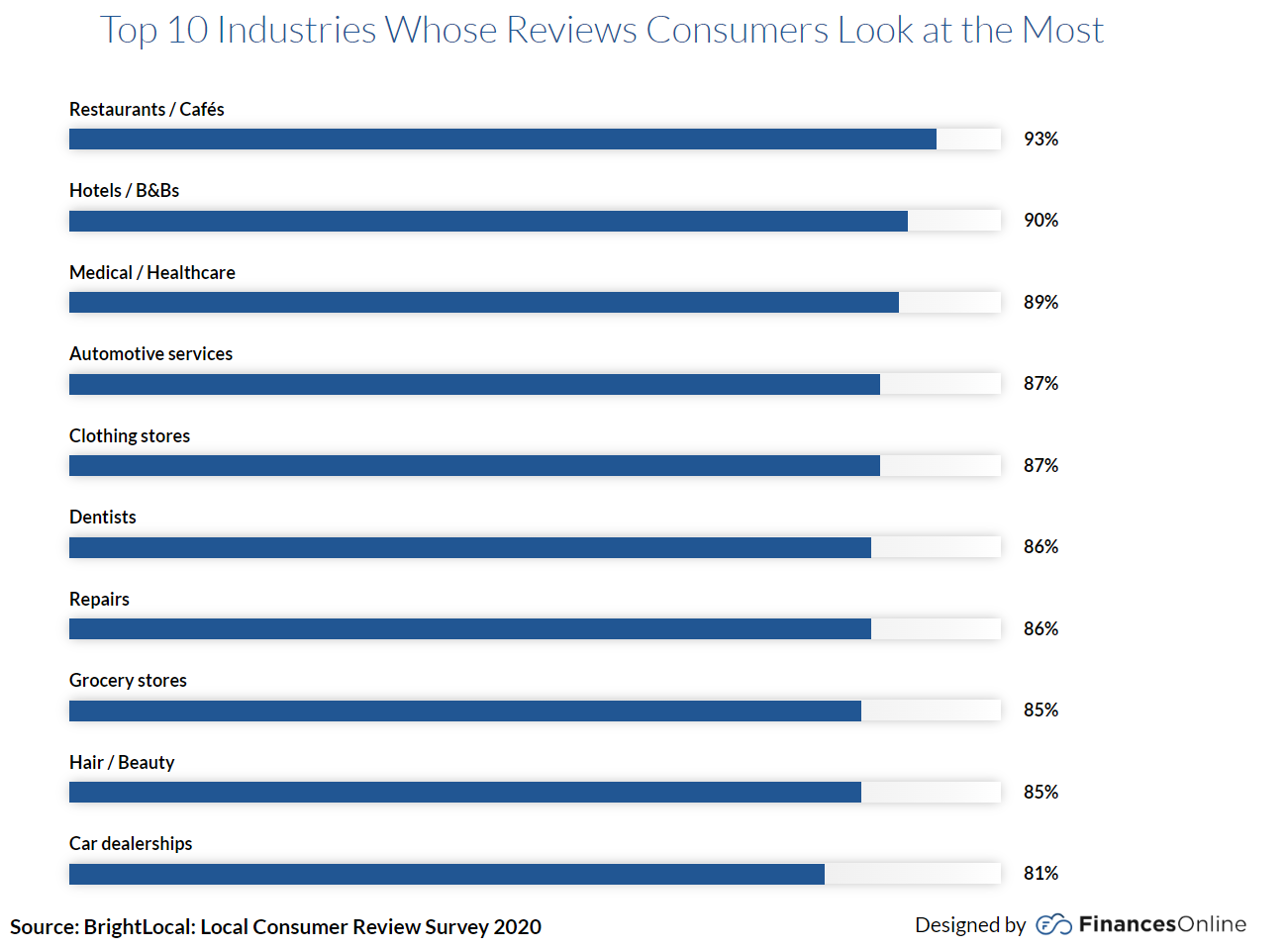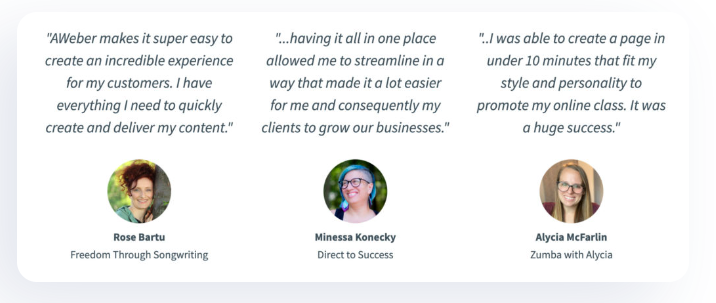It’s no secret that the worldwide economy is in a bit of a down cycle. No one knows this better than eCommerce businesses, as sales growth slows, and prices are forced to drop. To stay afloat and generate healthy profits during these difficult times, eCommerce businesses must take several strategic steps. In this blog post, we’ll outline the key elements of a successful eCommerce business during fears of recession. So, whether you’re already running an eCommerce business or just thinking about starting one, read on for essential advice!
What Is a Recession?
A recession is a period of economic decline in the United States or other developed countries. The National Bureau of Economic Research defines a recession as “a significant reduction in real GDP, after inflation has been taken into account, spanning two consecutive quarters.”
There are several effects on businesses during a recession. First and foremost, sales tend to be lower than usual because consumers have less money to spend. This could lead to job loss or reduced income for employees. In addition, advertising budgets may be cut back due to decreased revenue, which can affect website traffic and overall brand visibility. Finally, suppliers may reduce production or raise prices due to reduced demand from customers.
eCommerce Holiday Sales 2022
When the economy turns down, it can be difficult to sustain a successful eCommerce business. Digital Commerce 360 estimates that there will be a 4% rise in holiday shopping in 2022, even though 63% of online retailers expect fewer sales.
Some things to keep in mind for holiday sales in 2022:
– Set realistic expectations. Don’t expect your sale quantity to triple just because it’s the holidays. According to Digital Commerce 360, almost 40% of customers stated they would comparison shop more since they anticipate prices to be high, and 35% claimed those high costs would cause them to buy less for the holidays.
– Reconsider your pricing strategy. Try shifting some of your prices upwards by 10% or 20% and see how the sales respond. You may also want to consider offering discounts on larger orders or special deals for customers who purchase frequently during difficult times.
– Discounts. Offer discounts and incentives to encourage people to purchase more than just what they need or want at first glance. This will show them that your company is committed to helping them through this tough period and may lead them to become long-term customers down the line.
Steps eCommerce business should take during an economic downturn.
No business is immune to recession, which is why it’s important to have a business strategy that is flexible and able to adjust as the economy changes. Here are five key steps ecommerce business owners should take during an economic downturn:
Optimize finances
When it comes to financial optimization, there are a few key things that need to be in place. The first step is setting a strict budget and sticking to it as closely as possible. This will help you identify where your money can go without compromising the quality of your services or products. Furthermore, it’s important to monitor KPIs regularly and make changes when necessary so you don’t get stuck in a rut. By doing this, you’ll be able to track progress and see if your efforts are bearing fruit – which will give you confidence going forward with further optimizations. Eliminating unnecessary overhead also plays an important role – by streamlining processes and cutting back on spending wherever possible, businesses can save significant amounts of money each year!
Evaluate supply chain
Evaluating your supply chain is a critical step in ensuring optimal efficiency, stock availability, and reducing risk. By assessing inventory levels, you can determine which items are over or under-supplied. Automating inventory management processes will help to improve accuracy and reduce the chances of errors. Additionally, it will also save time and effort on your part.
Invest in best-selling products
There’s no doubt that product sales are a major factor in business success. However, ensuring you’re investing in the best-selling products is key to making sure your business thrives and continues expanding. By using social media and staying up to date on trends, you can ensure that your customers have constant access to the products they love. Furthermore, it is important to keep a close eye on what people are talking about online so that you know what type of product to offer next. This way, you’ll be able to stay ahead of the competition and maintain customer loyalty – something that will make all the difference for your business in future times
Find new revenue streams
There are many ways businesses can find new revenue streams. One way is to evaluate your best-selling products and offer them in bundles, or as add-on options for customers who purchase a product separately. Additionally, consider developing strategies such as subscription boxes or offering exclusive sales and products to VIP members only. By doing this, you can tap into new market segments that may not have been explored before – making sure your business stays ahead of the curve!
Increase customer loyalty
Customer loyalty is the key to success when it comes to business. By ensuring that your website is easy to navigate and incorporating customer-requested polls into product development, you can increase customer satisfaction and keep them loyal through downturns. Additionally, by offering deals or incentives during economic downturns, you can help incentivize customers to make purchases.
A very important thing that you can do to increase customer loyalty and keep them coming back is make sure your brand is constantly communicating with customers in a timely manner. Respond quickly to feedback, comments, and questions – even if you don’t have the answer right away. This shows that you’re concerned about your customers and want to ensure they have an enjoyable shopping experience.
Improve conversion rate
There is no one-size-fits-all answer to conversion rate optimization, as the best way to improve conversion rate depends on your specific business and marketing goals. However, some tips that may be helpful include:
– Make sure your site is easy to navigate and use. This includes making sure your website’s design is user-friendly and appealing. Make use of attractive fonts, colors, and graphics, and make sure all elements are consistent with each other throughout the site.
– Use focused and relevant content. Make sure that all the content that you publish is relevant to your audience and helps them achieve their goals. The more specific and tailored this content, the better!
– You can also offer BNPL (Buy Now Pay Later) or split payments as ways of payment, which will make shopping on your site even more convenient for customers.
– Offer valuable incentives – Whether it’s free shipping or exclusive discounts on products/services offered through your business website, offering incentives can help customers take an actionable step forward toward purchase.
For more information on conversion rate optimization see our blog here.
Conclusion
During a downturn in economic stability, it can be tough for ecommerce businesses to stay afloat. However, staying flexible and adaptive is key to their success. Ecommerce businesses must be able to pivot and change their strategies as the market changes. They must also stay focused on their core business goals, and make sure that they are offering a valuable product or service that customers want and need. By staying nimble, ecommerce businesses can weather a downturn with ease.






